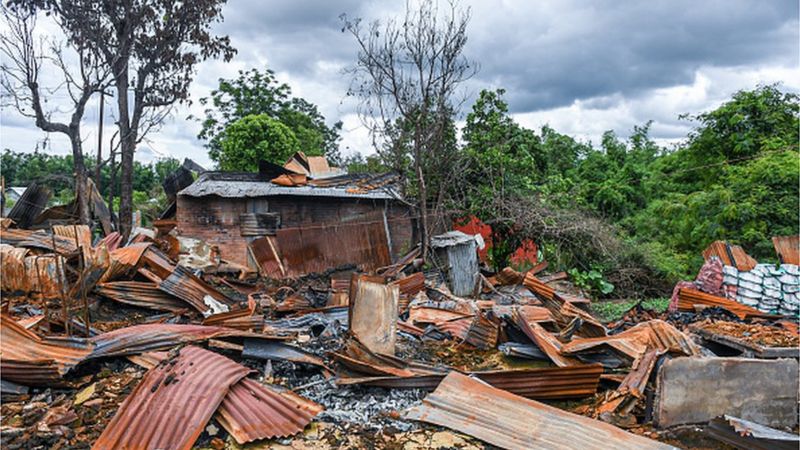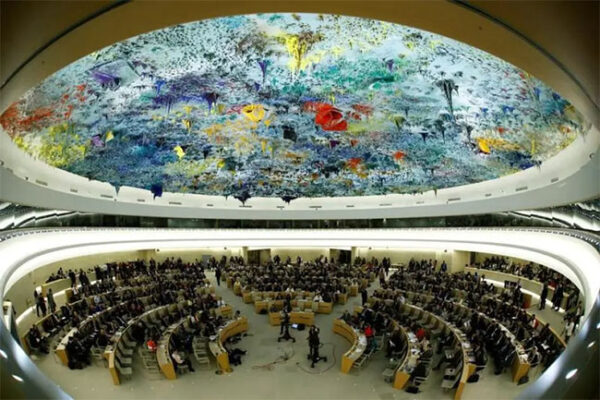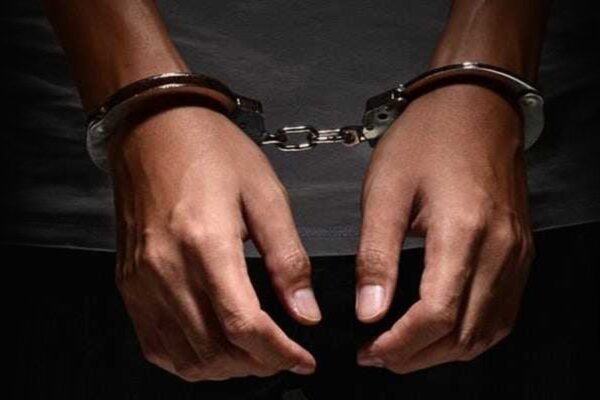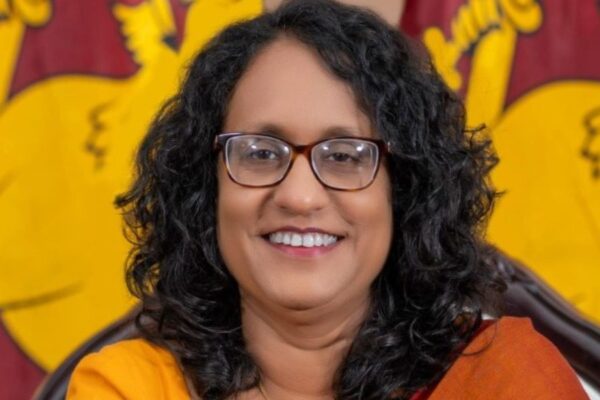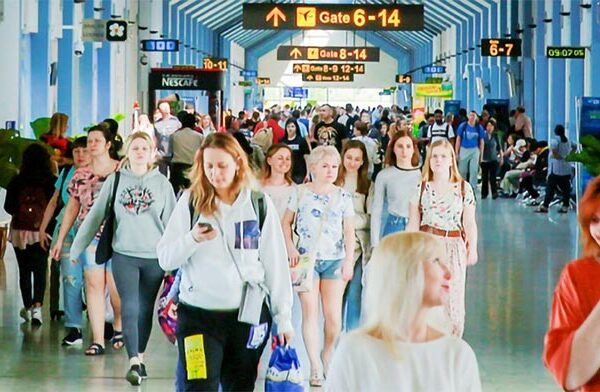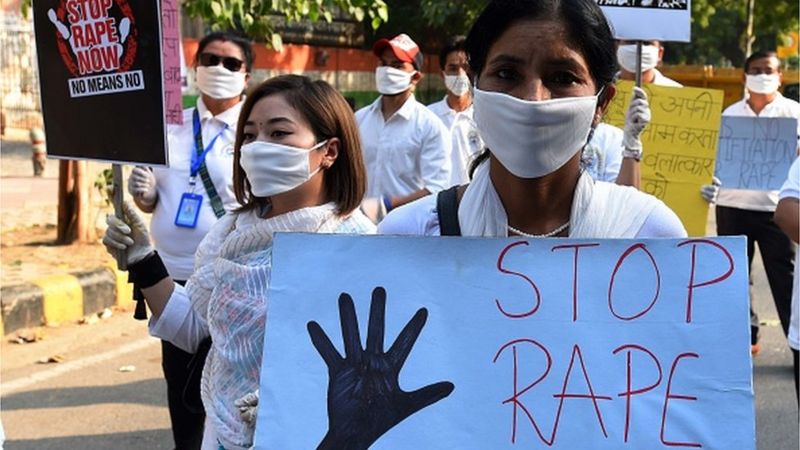
NEW DELHI ; The emergence of a horrific video that shows two naked women being paraded and molested by a mob in the violence-hit Indian state of Manipur has highlighted who often pays the highest price during conflict.
Warning: This article contains details some readers may find distressing.
The assault on the women took place almost three months ago but became public only on Thursday after the video went viral on Twitter. According to a police complaint, one of the women was gang raped. The complaint added that a third woman was also forced to strip but she is not seen in the video.
The video shows the distraught women being pushed around and groped by their attackers. While the men’s faces are visible, only one person has been arrested so far on charges of gang rape.
Manipur, in north-eastern India, has been gripped by ethnic violence between the majority Meitei group and the tribal Kuki minority since May. Reports from the ground detail chilling accounts of shootings, looting and sexual assault.
According to a report in The Print, the sexual violence shown in the video took place after fake news about a Meitei woman’s rape and murder was circulated just after the violence began. It “unleashed a new, deadly cycle of reprisal violence on Kuki tribal women allegedly by Meitei mobs”, says the report.
Rape has long been used as a weapon during conflict.
In most large-scale incidents of violence – the 1947 partition of India, the 1971 Bangladesh independence war, the 1984 anti-Sikh riots, the civil war in Sri Lanka, the 2002 Gujarat riots, to give just a few examples from South Asia – appalling instances of sexual assault and gang rape have been reported, with the scale of the brutality sometimes uncovered only decades later.
Survivor accounts show that the crime is often attributed to revenge against the “other” through violating the bodies of women – seen as a site of honour for their communities.
The state’s mechanisms to end the conflict – such as the army and other security forces – have also been accused of brutal sexual violence in places such as Indian-administered Kashmir and the north-eastern states
“The price that women pay for this violence done on their bodies is often hidden and very private. The women’s movement has been bringing attention to this for decades, yet it continues,” says Anuradha Chenoy, former professor at Jawaharlal Nehru University in Delhi.
What makes matters worse is state apathy.
The assault in Manipur occurred on 4 May. According to the police complaint filed by a relative of one of the women, it took place when two men and three women from the tribal Kuki community were fleeing towards a forest to escape violence in Kangpokpi district.
The complaint alleges that they were rescued by a police team who were then ambushed by a mob who “snatched” the villagers.
According to the complaint, the mob killed the two men and forced the women to remove their clothes.
One of the women, a 21-year-old, was “brutally gang-raped in broad daylight”, the complaint says, adding that the other two managed to escape.
Vikram Singh, a former police chief in Uttar Pradesh state, says that the “shameful” incident raises grave questions about the police and administration.
“No administration in a country like India is so helpless that it cannot do anything when women are treated like this,” he says, adding that apart from the perpetrators, the police officials in question should also be punished.BBC London



